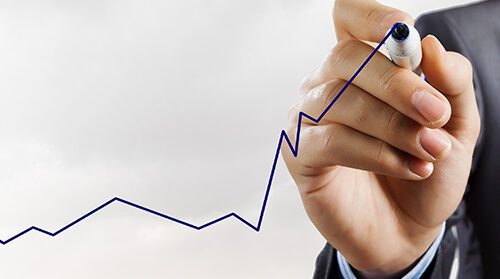Price growth disparity between brands

According to the latest figures from the Auto Trader Retail Price Index, there is a sharp disparity in the average price growth between used volume and premium brands, recording a contrasting year-on-year price increase in July of eight per cent and one per cent respectively.
This represents the highest rate of price growth for volume brands, and the lowest for premium since January 2017 (0%).
The data reveals that the gap emerged late last year. In August, both volume and premium brands recorded the same levels of sustained price growth (three per cent), but then began to separate, with volume continuing its trajectory, whilst the rate of growth for second-hand premium cars slowing significantly.
Commenting on the findings, Karolina Edwards-Smajda, Auto Trader’s director of commercial products, said, ‘At this stage it’s unclear as to exactly why there’s such a contrasting pricing strategy between volume and premium brands, but it’s likely two key factors have coincided. For one, premium brands are competing more aggressively for market share and continue to develop sales at a healthy pace. And secondly, since Brexit and the impact on the value of the pound, we’ve seen volume brands less included to chase the market with lower margins.’
In terms of the wider market, used vehicle prices saw an increase in July, reaching £12,709; a like-for-like increase of seven per cent on the same period last year.
The average price of a used petrol car in July was £10, 844, an annual increase of eight per cent. It marks the fuel type’s lowest level of year-on-year growth since August 2017.
Despite wider challenges in the new car market, diesel recorded a particularly strong performance last month. The average price of a second-hand diesel in July was £14,411, which represented an annual increase of six per cent, marking its highest ever rate of growth.






